The principle of 20 spokes : History of the ALPINA wheel design
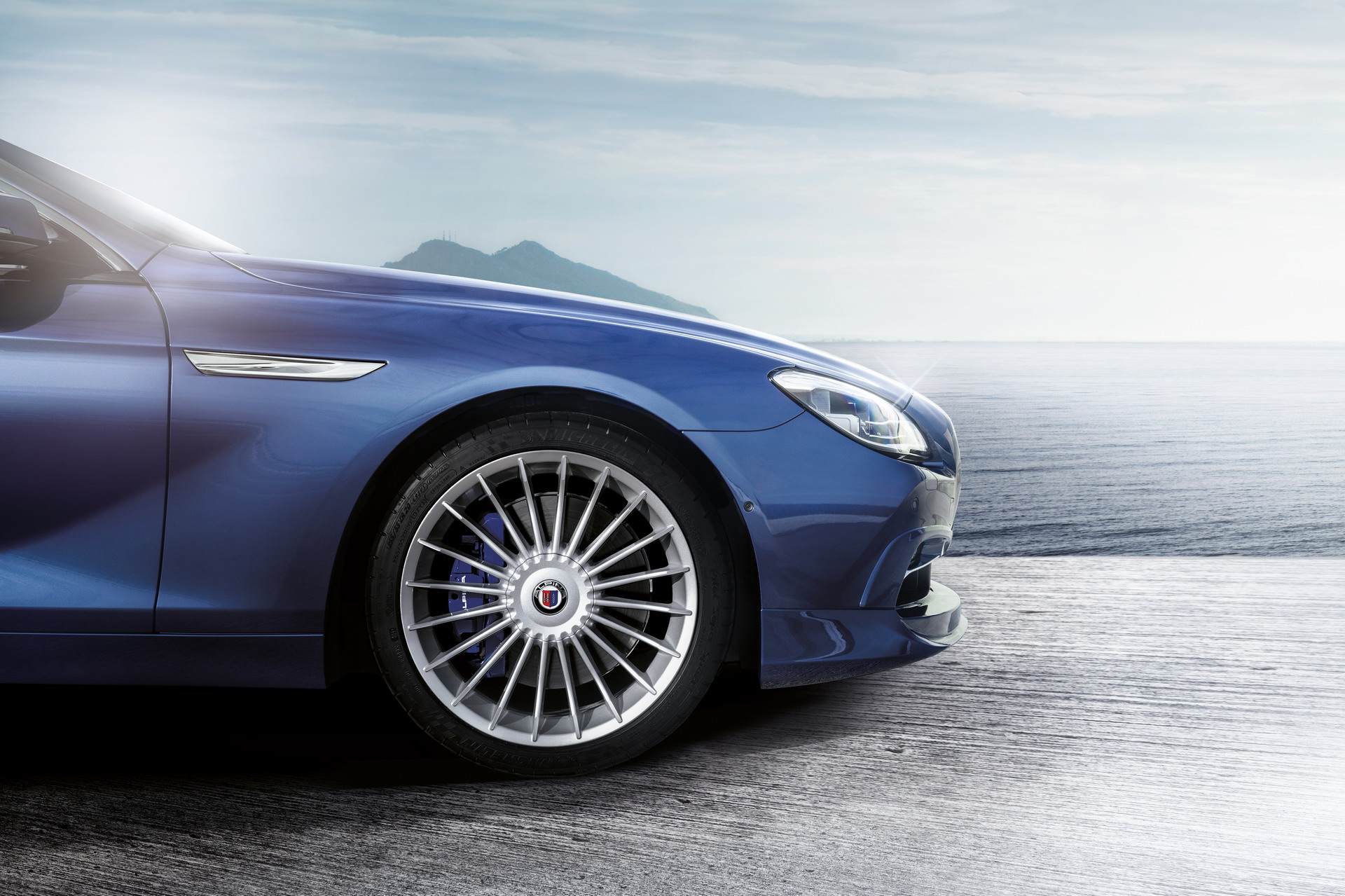

Wheels are an essential part of a car’s image and the 20-spoke ALPINA design wheels are certainly famous worldwide among BMW fans. Here’s an interesting piece of history on how they were conceived and became so popular and recognized.
ALPINA began its effort to create a unique, hallmark light alloy wheel design in the ’60s. The German market was becoming increasingly interested in alloy wheels, as Porsche had already paved the way with the Fuchs design rims beginning with 1966.
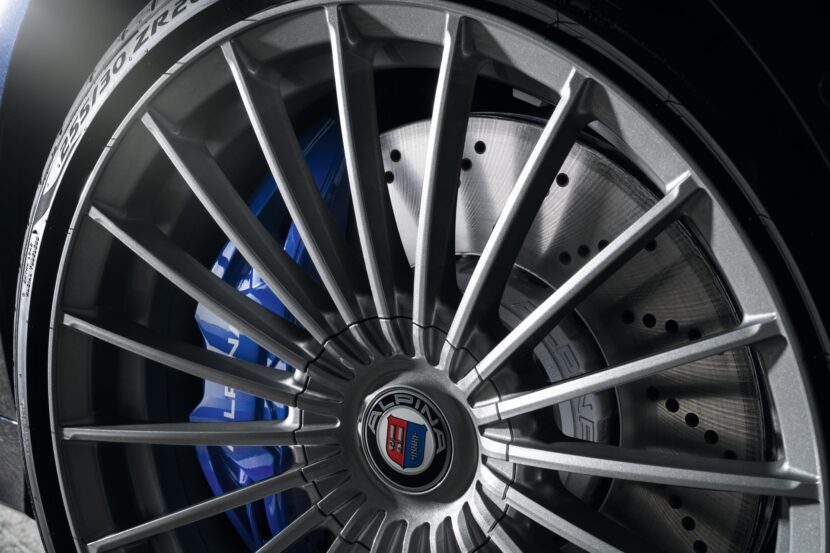
Wheel design on the BMW ALPINA B3 Saloon (G20).
On the new E9 series, BMW had already implemented a FPS-style aluminum lightweight wheel that was offered from 2800 CS Coupe model upwards. However, there was only one choice of wheel design per each model series. ALPINA had already implemented the Borrani spoked wheels and the British Minilite ELECTRON rims as part of the Genuine Accessories portfolio.
However, neither the Borrani nor the ELECTRON wheels were of any remarkable success, as more successful and cheaper aftermarket alternatives were gaining further momentum. It thus became clear that, in order to survive, ALPINA needed to come with an outstanding and visionary design for its lightweight alloy wheels.
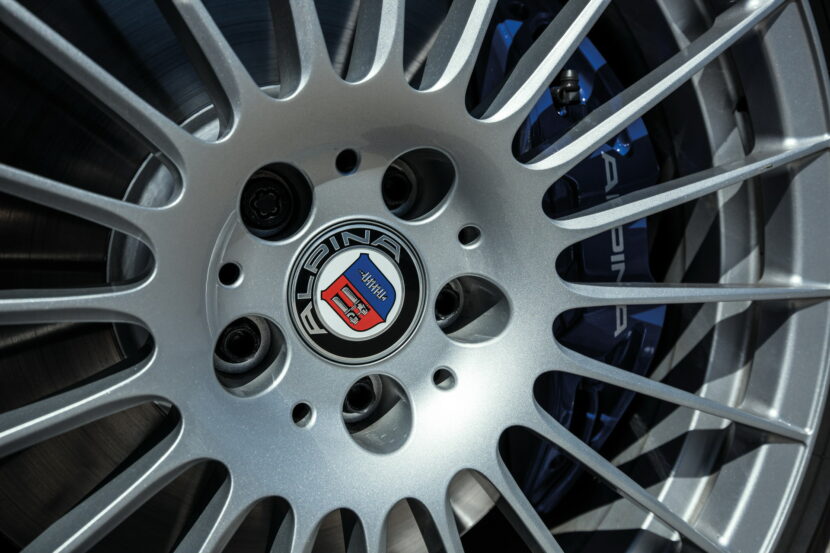
Wheel design on the BMW ALPINA B5 (G30).
For ALPINA, the attribute “lightweight” meant that the alloy wheels needed to be entirely light in order to live up to their titles. After a period of intense research, a single model was considered to be truly in line with the lightweight principle: the multi-spoked wheels.
Also, ALPINA found out that, for an optimal distribution of forces, the key was to have a 5-spoke that would evenly distribute forces from the outer part of the wheel towards the center hub.
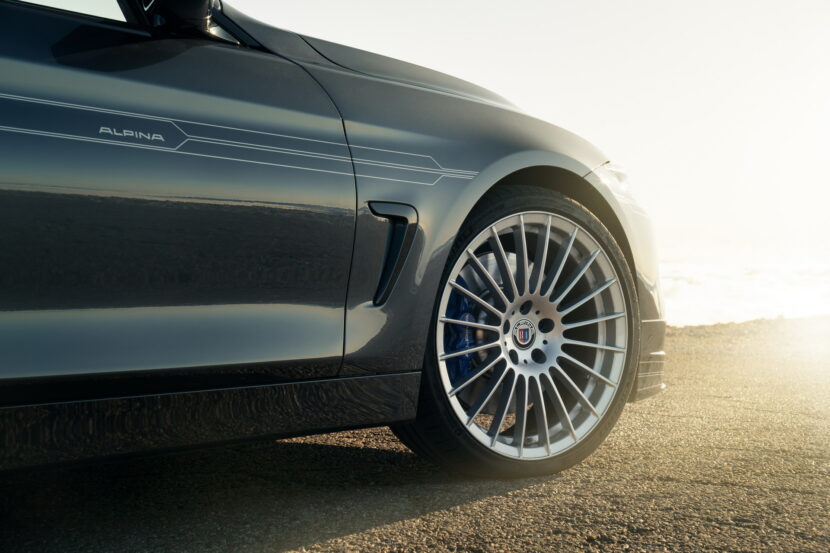
Wheel design on the BMW ALPINA B4 (F32).
Yet, most hubs found in the BMW series models of the late ’60s feature a four-nut architecture, which made it quite difficult to pair with the five-spoke design developed by ALPINA. That is when Burkhard Bovensiepen, the tuner’s guru, had a brilliant idea: applying the 5-spoke principle on the 4-nut architecture by carefully grouping the spokes in a total 20-spoke design. The rule was mathematically simple and straight-forward: 4 x 5 = 20.
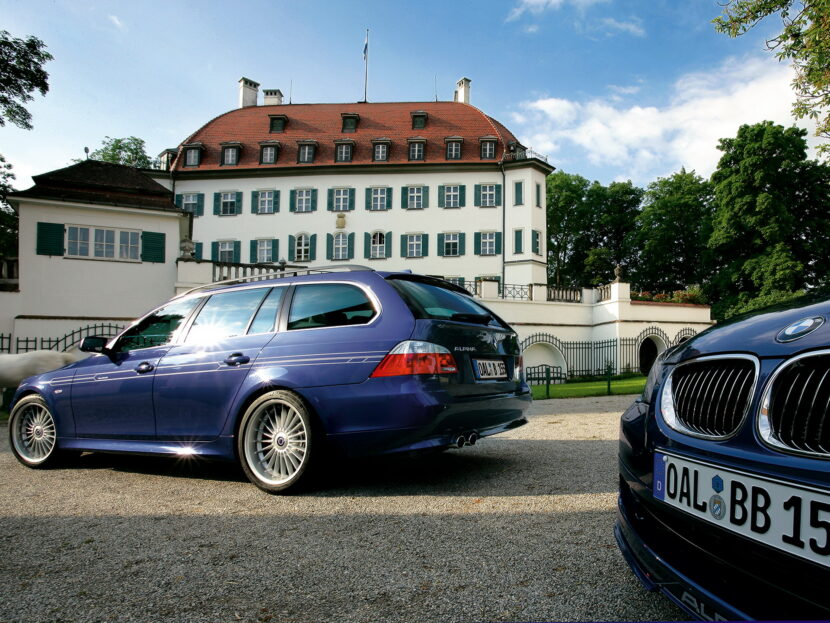
Wheel design on the BMW ALPINA B5 (E61).
The ALPINA 20-spoke light alloy wheels thus displayed a starburst pattern, which was particularly eye-catching and became increasingly popular beginning with the 1970s. As part of the accessories program, the choices of alloy wheels at ALPINA were suitable for 13″ and 14″ diameter wheels, with a rubber width starting from 5.5 inches.
In the early ’70s, ALPINA had encountered some challenges with the structural rigidity of their race wheels. After having brought Alois Wiesinger, the famous engineer of Opel, into the ALPINA team, the issue was fixed. Each second wheel needn’t be scrapped anymore due to the implementation of a brilliant technique mastered out by Wiesinger.
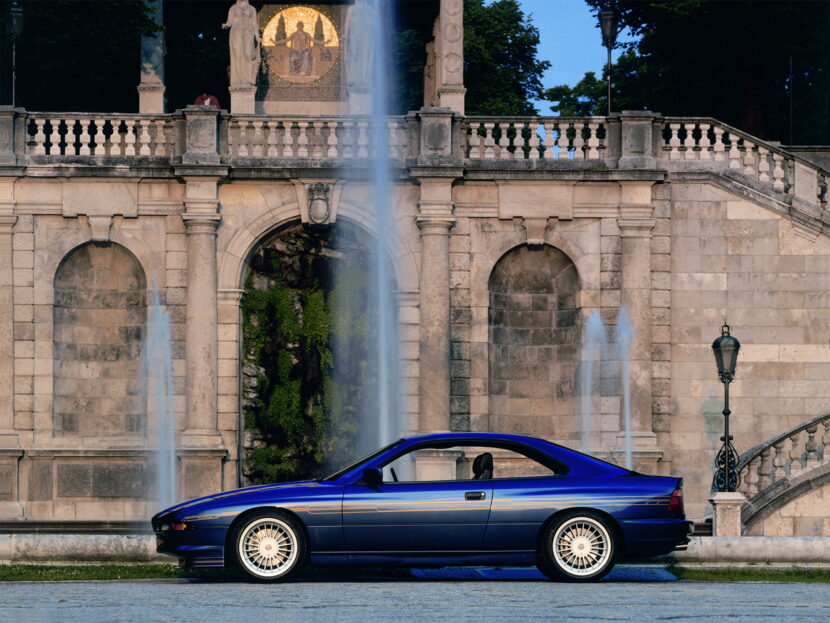
Wheel design on the BMW ALPINA B12 (E31).
To further strengthen the core of the wheel, once the magnesium-alloy starburst-shaped rims had been cast into sand (which was still performed by hand in those days), he removed a just small amount of sand from the mould between every second spoke, thus creating a material build-up or connection between two spokes.
This material build-up managed to ensure the needed rigidity as for the wheel to sustain even the highest braking forces that would have otherwise shattered it.
By 1971, BMW had already approved the 20-spoke rim design to be used on the standard factory-fitted wheels of the BMW ALPINA products, with the 3.0 CSL being the pioneer model in this respect.
By mid-1975, the Burkhard Bovensiepen KG factory boasted a production of more than 12,000 units of the renowned starburst 20-spoke design in the 7 x 14 inch dimension.
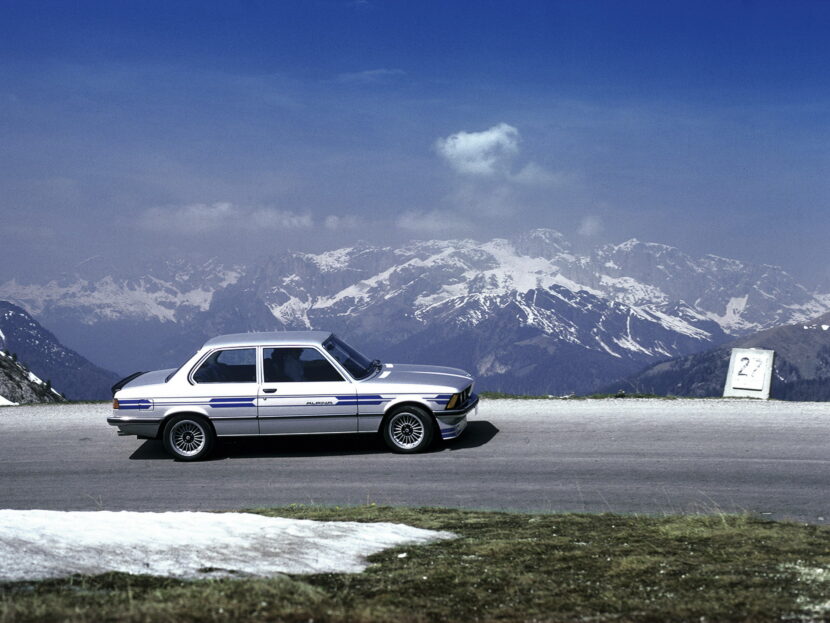
Wheel design on the BMW ALPINA of E21 Series.
BMW, as part of the close collaboration with ALPINA, was also able to start the assembly of its own 6 x 14 inch 20-spoke alloy wheels. Each of the ALPINA models that followed, with the E21 3 Series included, featured the 20-spoke rim design, which is already a classic and hallmark ALPINA element.
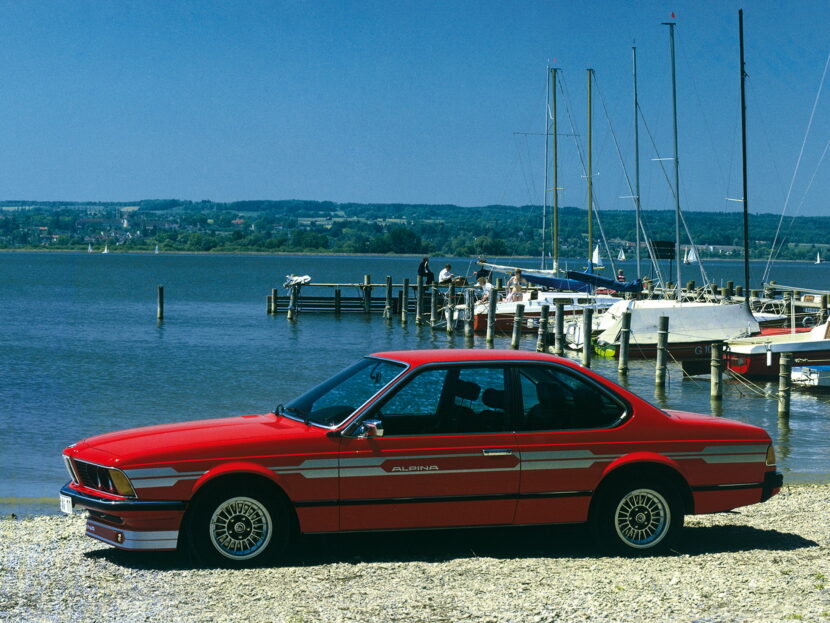
Wheel design on the BMW ALPINA B9 (E24).
The signature ALPINA wheels continue their journey in modern times as well, with the basic principle in mind, in either forged or metal-casted fashion. In 1999, when Prof. Dr. Wolfgang Reitzle, the responsible executive for R&D within BMW Group back then, demanded the creation of an ALPINA version for the E53 X5 generation, the Buchloe-based tuner had to somehow adapt the 4 x 5 = 20 lightweight force distribution principle to withstand the added weight kerb of the Sports Activity Vehicle (SAV).
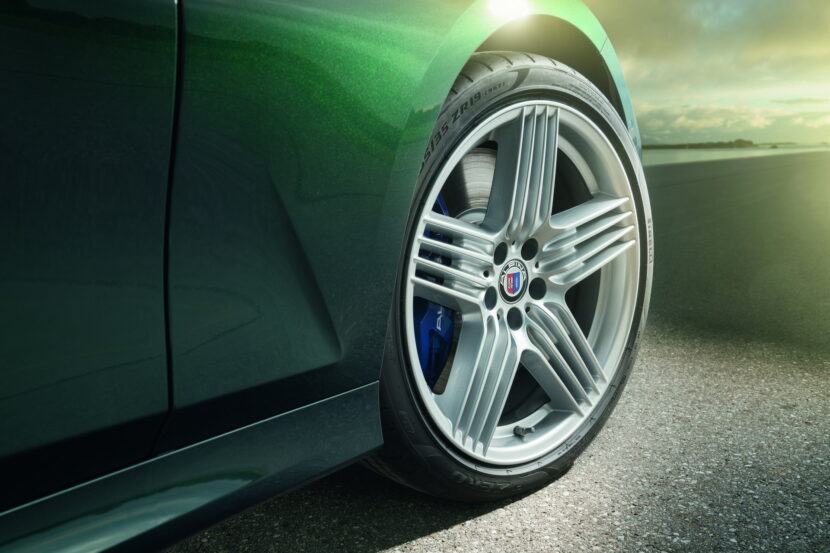
Wheel design on the BMW ALPINA B3 Touring (G21).
Thus, the ingenious 5 x 4 = 20 architecture was applied, meaning that the consecutive 20 spokes were now grouped in 5 sets of 4 spokes, distributed in the form of a star. That typical arrangement of the spokes lives up to today and can be found on lighter models, such as the new ALPINA B3 versions developed on the G20/G21 3 Series generation.
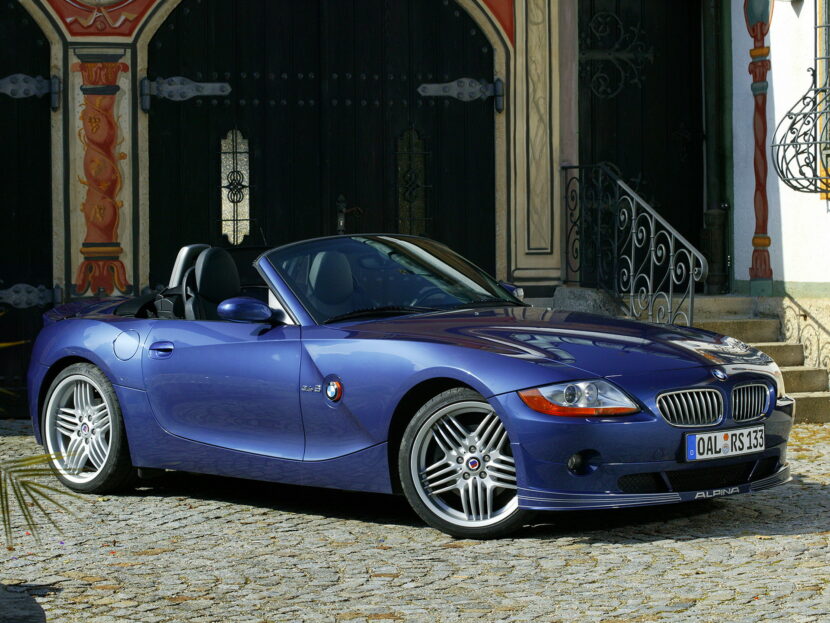
Wheel design on the BMW ALPINA Z4 (E85).
All in all, the ALPINA light alloy wheels, with their astonishing 20-spoke pattern, are the perfect proof that classic designs never get old and are always immensely fashionable.
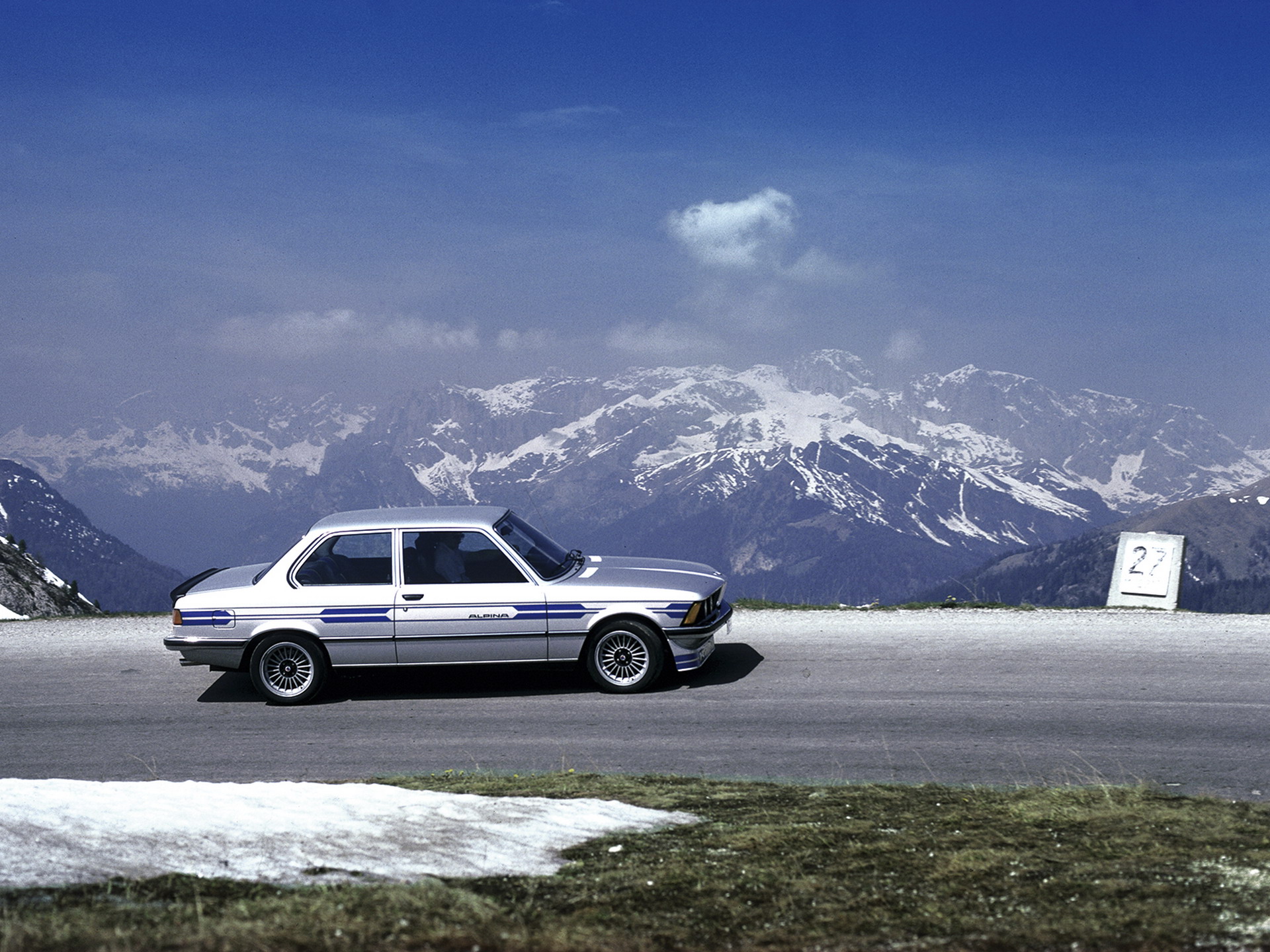
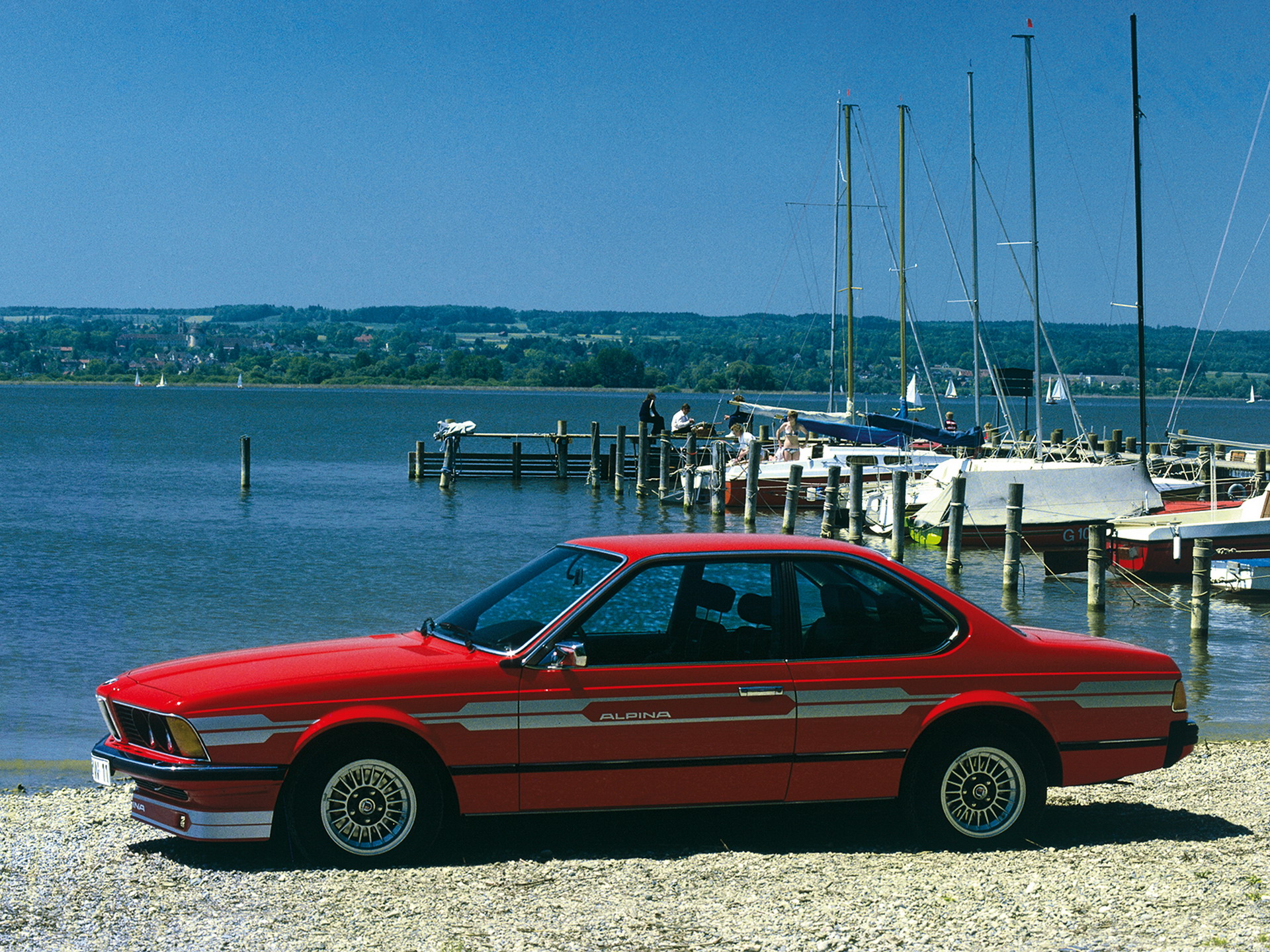

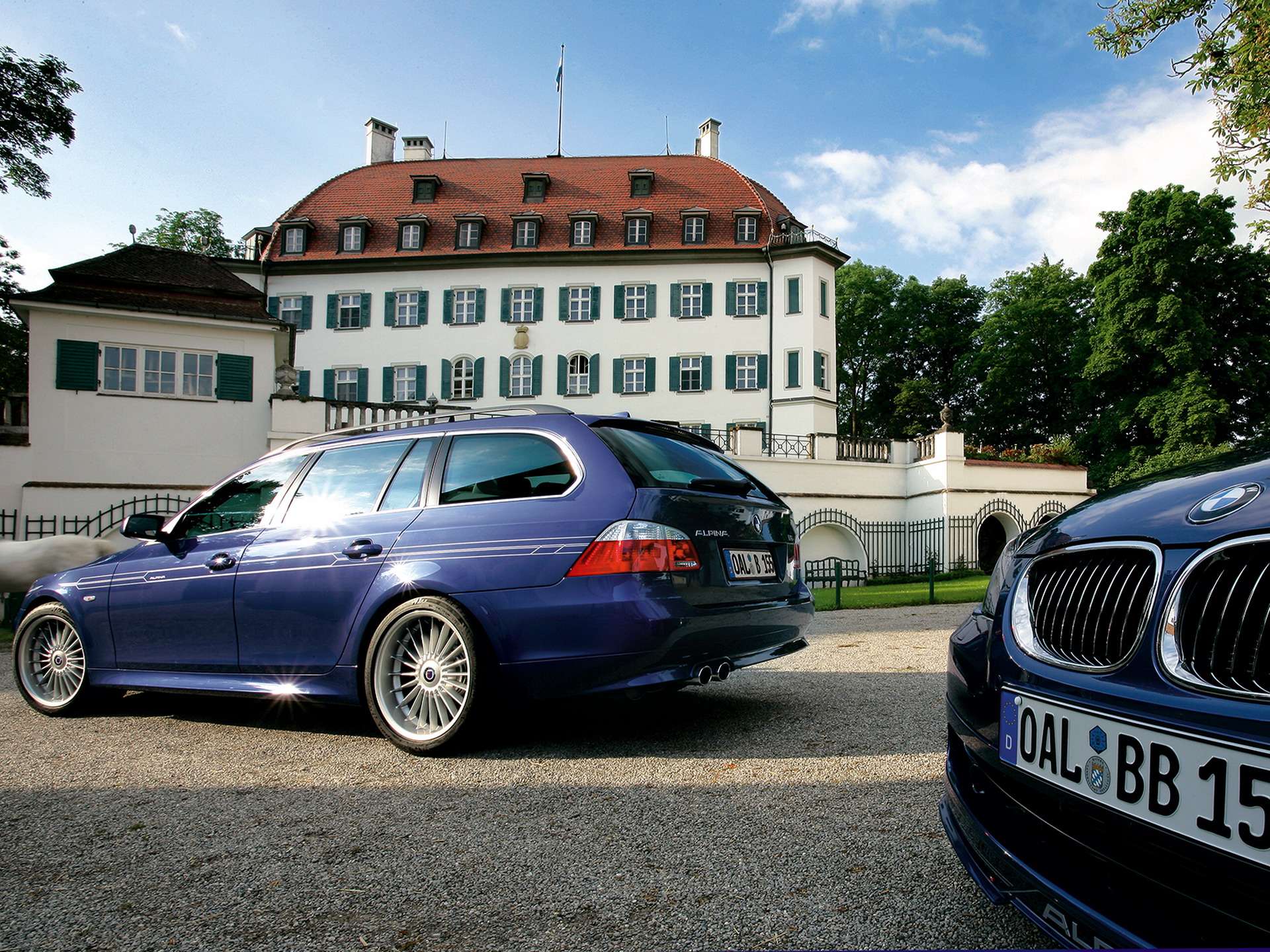
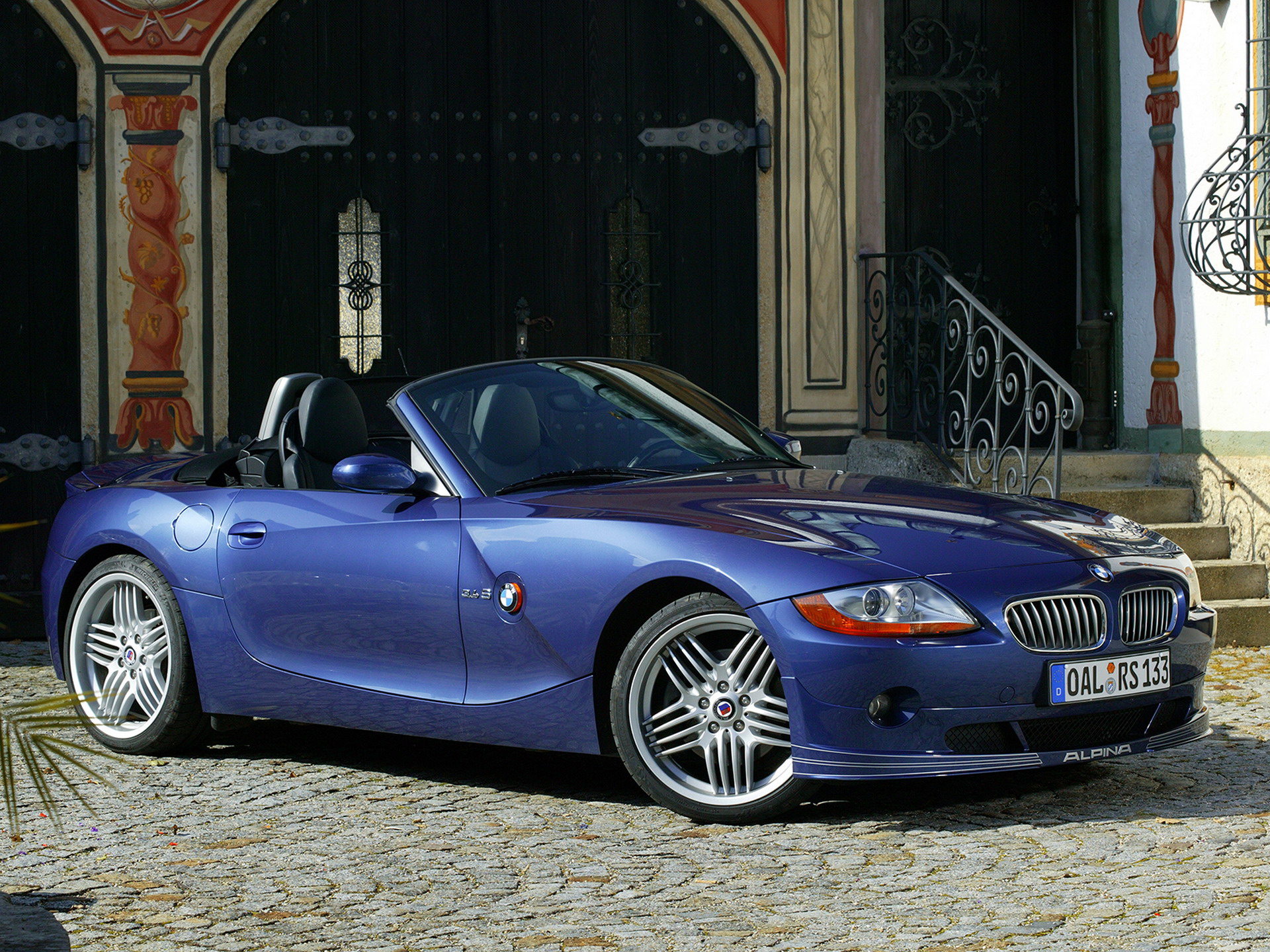


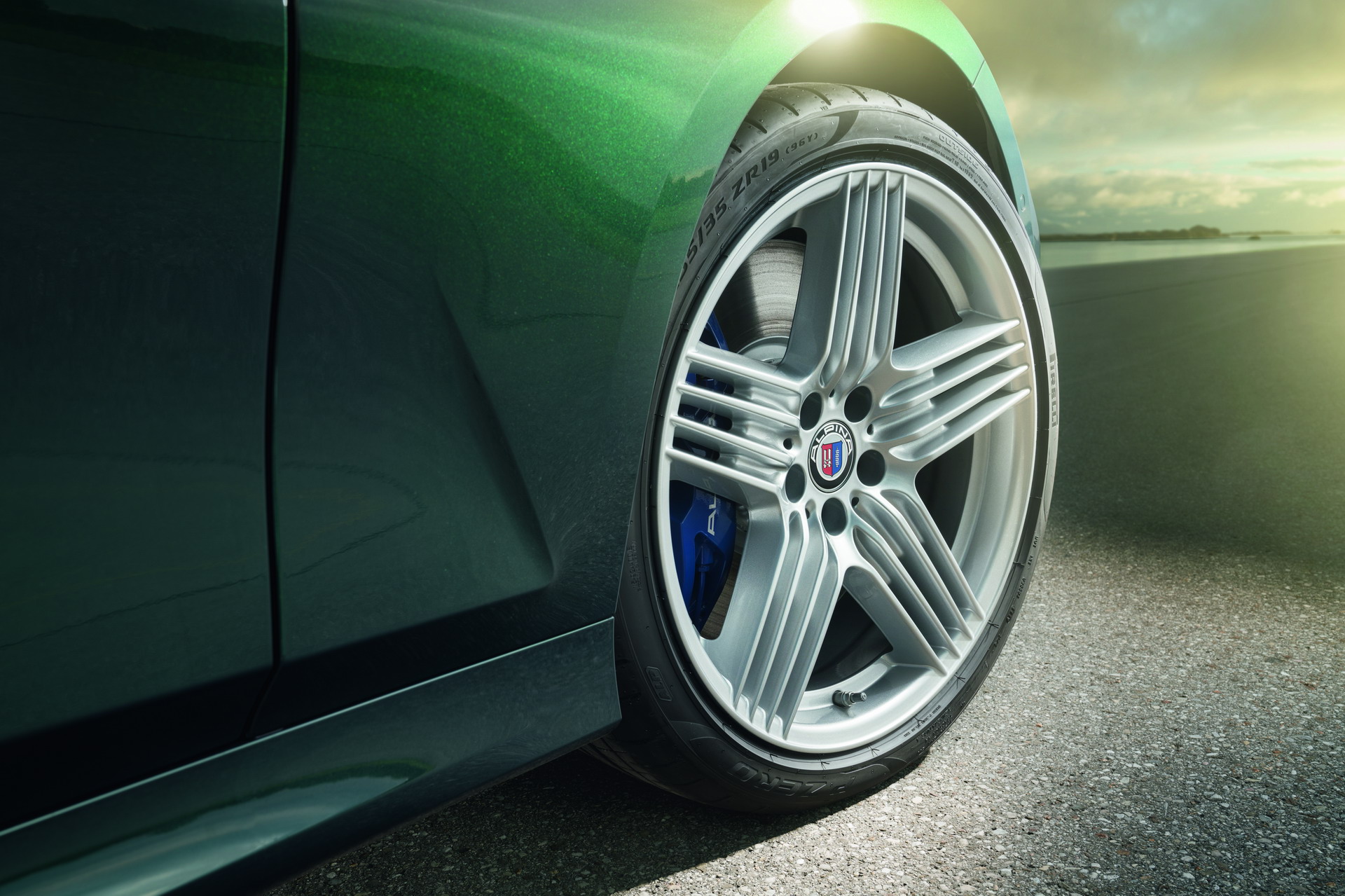
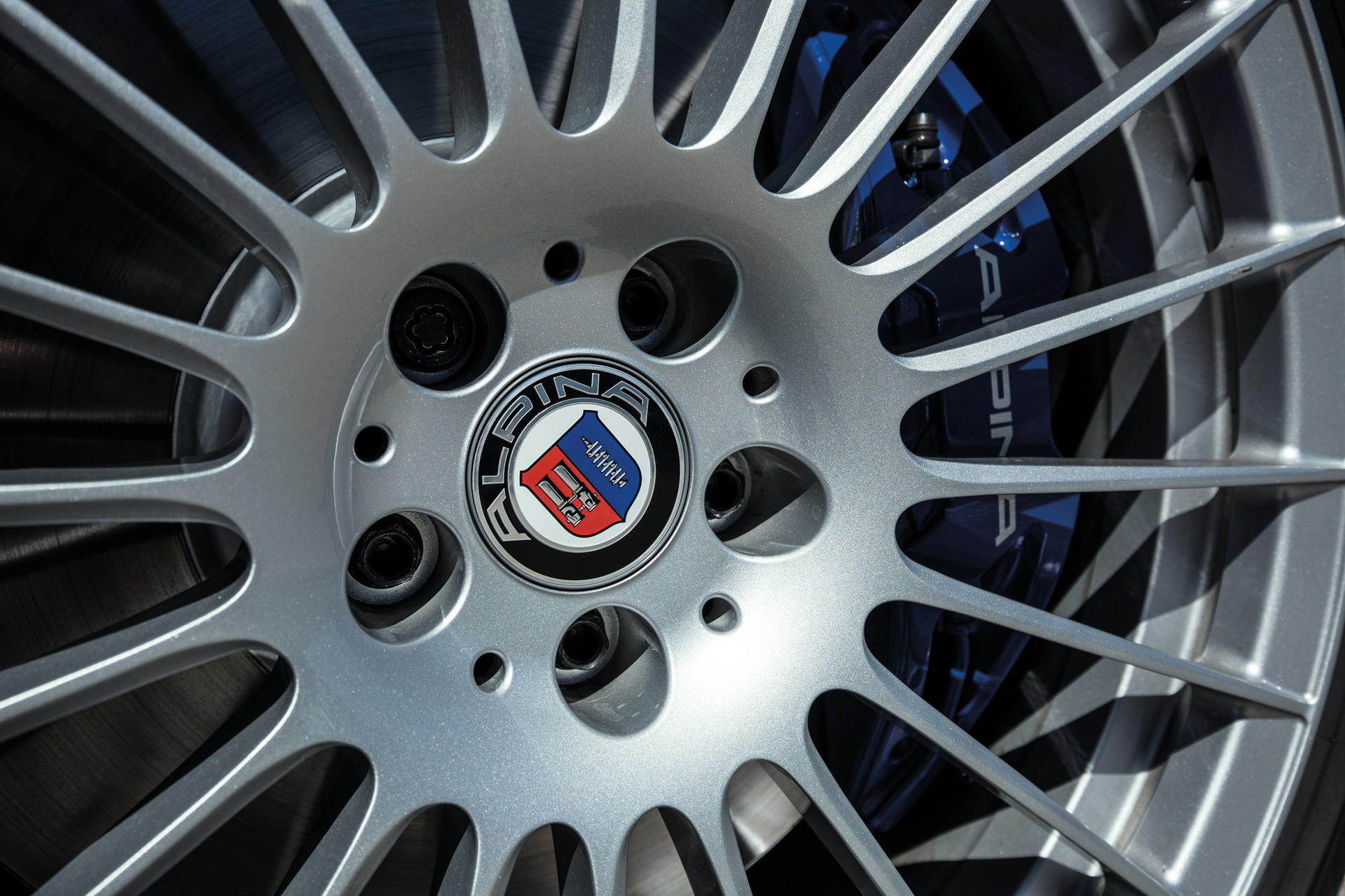
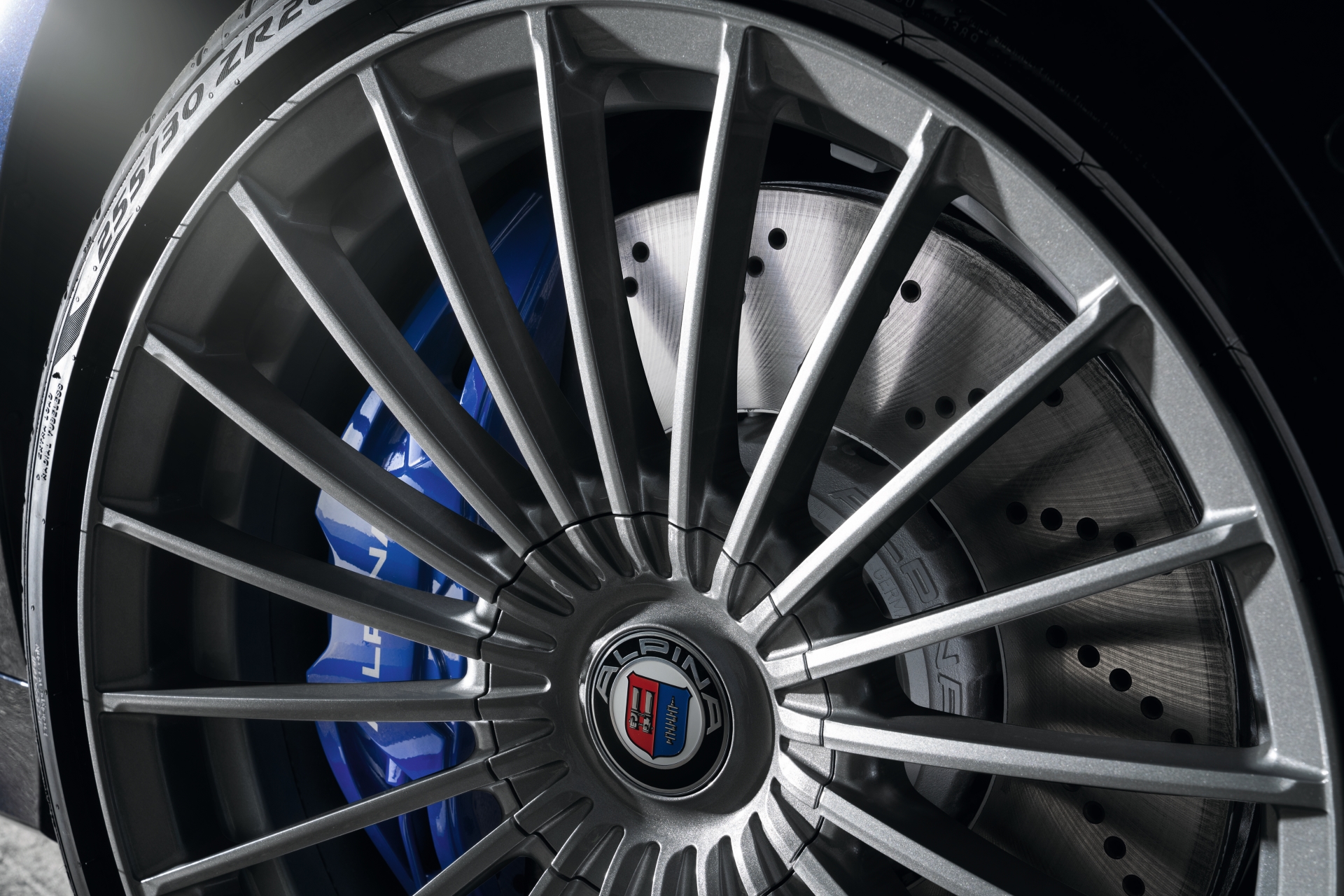
The article The principle of 20 spokes : History of the ALPINA wheel design appeared first on BMW BLOG
